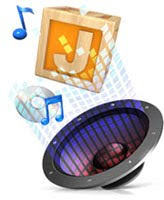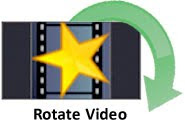Here are this edition's entries to
Do More with Audio:
 Hina Azille
Hina Azille presents
How to Record Professional Quality Vocals With a Normal Mic, saying, "The big tip to recording good vocals, is learning to recognize peaks/clips/‘the red’ whilst recording. Understanding and recognizing the warning signs while you are recording will help ensure that you get the cleanest vocals possible. This Hub covers how to record the cleanest vocals, applying effects and the difference between mixing and mastering."
Daryl Sams presents
The Art of Mixing Songs posted at
Edgar Allen Floe, saying, "Tips I've learned over the last 15 years as a studio engineer."
Yelin george presents
10 Songs Whose Lyrics We Get Wrong, saying, "Have you ever come across the lyrics to a favorite song and realized you’d been singing it wrong for years? It’s happened to me – several times, in fact. If you’ve ever discovered that what you were singing wasn’t what the artist was singing, then you will no doubt appreciate this list."
Joe Hannigan presents
Recording Classical Music: Microphones and Multi-tracks posted at
Joe Hannigan's blog Weston Sound Blog, saying, "My take on why we record music with more than just two microphones."
John presents
Podcasting Teaches Valuable Lessons to Homeschoolers posted at
The Wired Homeschool, saying, "The ways which podcasting can help your student in their education."
Michael Walsh presents
Understanding Audio Effects posted at
Sounds Defy Gravity, saying, "Even if you are just starting out on your audio production journey, you’ve likely come across audio effects including delay, reverb, distortion, compression, phase, flange, pitch-shift, ring modulators or filters. This article will help familiarize you with these terms and what they do."
Varosound presents
The Many Shapes of Delay posted at
Variety of Sound, saying, "There are quite a number of different types and applications for audio delay effects that open the door to a wide range creative effects that can lead to a complete deconstruction of the original sound."
That concludes this edition of
Do More with Audio. If you have an audio story to share or advice, tips or tricks to share, we hope you will
submit your audio posts and articles to the next edition.
 Today's Google Doodle is a zipper in honor of Gideon Sundback, the creator of the modern day zipper. Today you can unzip the Google homepage to see search results. Not only is this another fun addition to the long line of Google Doodles but it actually made me pause to think about the zipper. When I’m getting dressed or putting on a coat I don't think about zippers; they are simply part of the garment.
Today's Google Doodle is a zipper in honor of Gideon Sundback, the creator of the modern day zipper. Today you can unzip the Google homepage to see search results. Not only is this another fun addition to the long line of Google Doodles but it actually made me pause to think about the zipper. When I’m getting dressed or putting on a coat I don't think about zippers; they are simply part of the garment.











